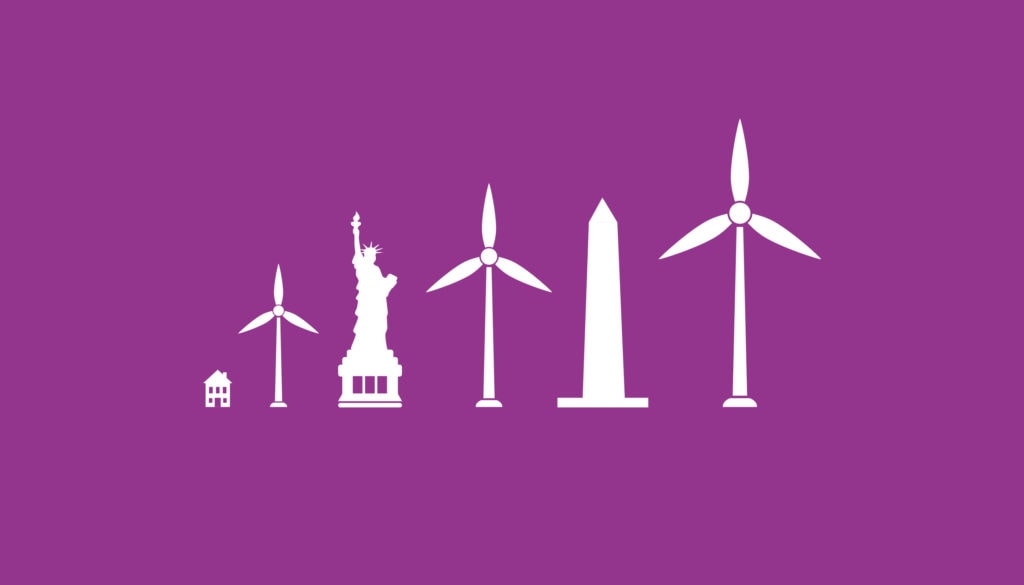Some inventions become smaller and smaller over time, like computer chips and mobile phones. Others seem only to get larger, like buildings, container ships and wind turbines.
Wind turbines, with dramatic increases in the size of modern wind towers and remote locations, present major logistical challenges for operators as they construct the hi-tech assets that will provide them with efficient maximum power generation capabilities. The supply chain has evolved with the industry, adapting its tool inventories, resources and techniques.
Denmark has long been a world leading nation in wind developments alongside its near neighbours Germany and the Netherlands. The UK has risen as a power as other world nations – the US and China – also begin to make their mark in this field, but it was the Danish that first took wind power generation offshore.
Wind industry installation processes have had to change dramatically since the world’s first offshore wind farm in Vindeby, Denmark. Today, an 8MW turbine can produce 400 GWh in only one year – the same as what the entire Vindeby wind farm produced in 25 years. Considerably larger models are needed to achieve these impressive modern-day returns.
Those at the Hornsea development in the North Sea are 700ft tall compared with the 170ft Vindeby versions. Understandably, this increased scale has logistical considerations during installation and throughout the lifecycle.
Operators are seeking safer, faster ways of installing these large models and synthetic rope lifting slings and high performance round slings have become a preferred solution to heavy steel wire alternatives. The supply chain has widely settled on using these new solutions to install new technology, rather than staying loyal to traditional materials which have significant weight and manpower challenges.
Cortland uses its range of slings, including the advanced Plasma® 12×12 UHMPE fiber slings and Selantic® round slings for the installation of wind development infrastructure. These are well-suited to heavy lifts of turbine towers, nacelles (for both transportation and installation) and transition pieces and blades. Ropes manufactured from the same materials have also been used to tow monopiles to offshore sites. This work has taken place on some of Europe’s most noteworthy wind farms over the last 18 months.
Properties of the rope sling products have to be carefully considered for strength, length tolerances, durability, weight and storage. Wind farm installation lifts are critical and there is added complexity when competing operations offshore. It makes sense to transport less bulky equipment offshore in the first place and less weight usually means a reduction in personnel involved in handling and less time taken to carry out project stages.
Cortland engineering teams become part of the discussion at the earliest stage pre-project, offering sought after technical support on materials and rigging arrangements. The teams understand the specialisms and unique challenges of the wind industry from time served on major projects over more than 10 years. They can support a client team or lead on product selection depending on circumstances to ensure a preferred, agreed solution is reached.
Advice is backed up by technical documentation showing how ropes and slings interact with hardware, such as shackles, hooks and trunnions, and a proven record of successes offshore and onshore. Design and lift studies are diligently carried out so teams literally know every product inside out. Ropes and slings endure break tests so customers can use them with the highest levels of confidence.
Plasma 164mm diameter rope has been compared directly against the alternative 7-strand cable and it is 86% lighter, is soft and flexible for ease of handling and reduced rigging injuries, it does not deteriorate through corrosion and it does not fish-hook. (Cortland can produce its Plasma 12×12 rope slings using rope diameters up to 200mm).
Cortland has the people and resources globally to enable custom synthetic fiber solutions to be created from base materials, or to modify existing products to suit individual or specialized applications. The successes are based on a complete engineering package, which offers the best solution for each individual project to our customers, with technical support and all relevant accessories at their disposal.
As the number of large scale projects continues to rise in new and developing markets, it is reassuring to know that tried and tested installation methods are available. Cortland will continue to play its part in this global success story with market awareness and diligence throughout our projects no matter the size and scale.
